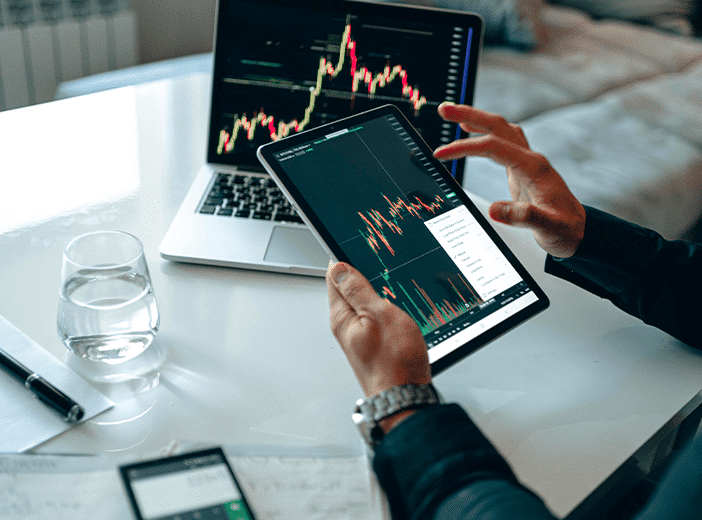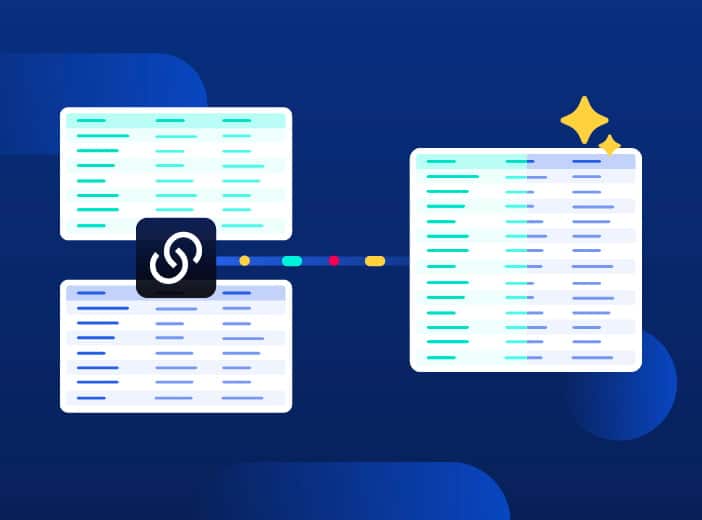Glossary
Smart grids
Smart grids aim to optimize the production, distribution and consumption of electricity through connected technology, including networks and sensors.
Smart grids collect and share relevant data in real-time, transmitting it to organizations managing energy supply, consumers and regulators.
The production, transportation and distribution of energy relies on a robust end-to-end network infrastructure that covers the whole process from generation to usage in a house or business. However, this previously unidirectional network is changing rapidly, to include new sources of renewable power (such as solar and wind), and the new needs of consumers (charging EVs, battery storage), who are also becoming producers of power. Coping with the complexity and driving decarbonization requires a more intelligent, smart grid, driven by data.
What is a smart grid?
Smart grids aim to optimize the production, distribution and consumption of electricity through connected technology. This means sensors and smart devices to collect and share relevant data in real-time and transmit it to organizations managing energy supply, consumers and regulators.
The objectives of the smart grid
Smart grids aim to:
- Reduce costs
- Improve energy efficiency and grid reliability
- Smooth out energy production peaks, particularly when it comes to renewable sources
- Adapt to the changing needs of customers in an increasingly electrified world
- Support decarbonization
These complement the objectives of smart cities, with both of these looking to use technology to increase efficiency, improve the experience for consumers/citizens and increase sustainability.
Examples of tools involved in smart grids
Smart grids add sensors across the network. This begins in the home, with smart meters that monitor actual consumption in real-time. They enable consumers to see the impact, in monetary terms, of reducing consumption, such as by switching off lights or an appliance.
Many smart meters are linked to apps that give consumers better control over their power usage, and also allow them to monitor any local production of energy, such as through their solar panels or wind turbines. Some suppliers have developed apps that can monitor consumption and provide personalized advice on how consumers can improve their energy habits, or send them alerts in the event of peak demand, incentivizing them to reduce their power needs.
UK Power Networks, the UK’s largest distribution network and system operator, has installed sensors across its network and shares the resulting data through its open data portal. This enables users, who range from local authorities to energy producers, to work together to help create a more flexible, resilient, and greener transmission network.
Why develop smart grids?
The development of smart grids is vital to successfully transforming the energy landscape. It ensures that suppliers and system operators can meet these key objectives:
Increasing electricity demand
Between population growth and the ever-increasing use of electric/electronic devices, particularly EVs, the demand for electricity is rapidly increasing. Distribution networks must adapt to this new context, particularly through smart grids.
Cope with a more diverse range of energy production sources
In the past electricity was produced mainly by burning fossil fuels or through nuclear power in large power plants. However, the growth of renewable sources, such as wind turbines and solar panels has added a wide range of new producers that must be integrated into the distribution network.
As the number of energy sources increase, so do the number of producers, all of whom have different structures and organizations. They range from large players to individual consumers who are selling back excess power produced by their solar panels/wind turbines to the grid. Distribution companies therefore need more efficient and effective two-way, real-time infrastructures to cope with the complexity of this new system.
In addition, renewable energies do not produce electricity continuously, but only when the sun shines or the wind blows. Specific tools are therefore needed to manage spikes in production and balance it against current demand.
The energy transition
In a context of global warming, it is essential to develop new solutions to optimize electricity consumption and reduce energy use. Smart meters allow users to better manage their consumption as part of a smart grid infrastructure.
Smart grids and open data
Sharing data from smart grids opens up new opportunities for public and private players.
Smart grid data
Data plays a central role in enabling smart grids to meet their objectives. Network operators need to understand all the components of the production and distribution chain, from generation to consumption, through energy storage and transmission lines.
To do this, smart grid sensors are deployed throughout the network. This makes it possible to collect and analyze data in order to monitor and optimize operations.
More efficient electricity networks thanks to data
Thanks to this information, smart grids can not only adapt supply to demand, but also demand to supply. Communication goes from producers/distributors to consumers and vice versa. This bidirectional communication offers multiple advantages:
- Faster response to outages: as soon as an outage is detected, companies can quickly reroute power to minimize disruption.
- Build a stronger network: by modeling future power use through data, operators can see where the network infrastructure needs to be extended or improved.
- Protecting the network: by cross-referencing network data with weather prediction data operators can plan ahead and strengthen the network’s resistance to natural events.
- Anticipation of demand peaks: the data collected makes it possible to anticipate energy consumption, and to encourage households to consume better in order to reduce their bills and load on the network.
- Fraud detection: operators and consumers are able to easily see any discrepancies between billed and delivered power.
Learn more

Blog
Opendatasoft harnesses agentic AI to connect AI models to real-world data, driving greater business impact
What is agentic AI and how does it help increase data consumption? Our Q&A blog explains the current state of AI, and how Opendatasoft is innovating to drive forward its impact for customers.

Blog
Opendatasoft boosts data enrichment, even when using the largest reference sources
Enriching your data is a key step in creating relevant insights and analysis that drives value. However, when it comes to using massive reference sources such as national company databases, detailed weather data or geographic/administrative boundary datato enrich your data, technical limitations often become a challenge.

Blog
Successfully scaling data products – best practice from McKinsey
Data products are central to increasing data consumption across the organization. But how can you ensure your data product program delivers lasting value? We explore the latest best practice from McKinsey, designed to scale data product creation and usage.
